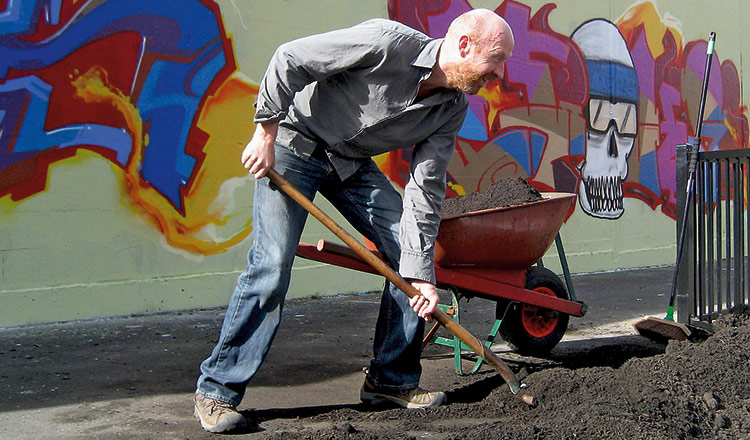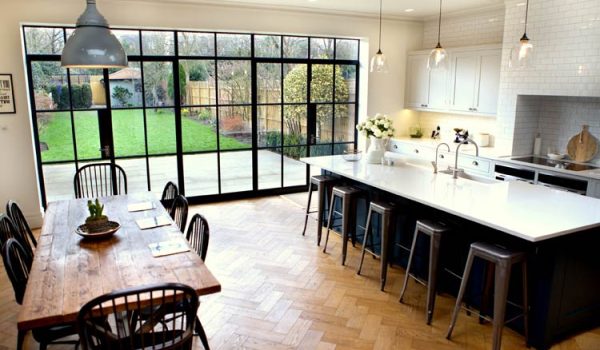This extract from Richard Unsworth’s book Garden Life explains how to start your own community garden.
If you are thinking about starting your own community garden, here are a few tips…
Creating your own community garden
The most important thing is to get together a group of like-minded people with a shared vision for the community garden, and the determination to make it happen. Print off some flyers and do a small letterbox-drop in your neighbourhood, and place ads in the local newspaper, and on noticeboards in your local library or shop- ping centre.
We were very lucky with our committee – our founding members included a landscape architect, a horticulturist, a marketing guru, an urban designer, a project manager and an ex-accountant. But don’t be put off if you don’t have this skill set in your own community – the main thing to look for is people who are passionate about the project and prepared to work hard.
Once you have your group, organise a series of social days to get together and work out a management plan, setting out proposed funding, management, member- ship and insurance, as well as dealing with some of the nitty-gritty details, such as compost, waste disposal, rainwater tanks, storage, shelter and signage.
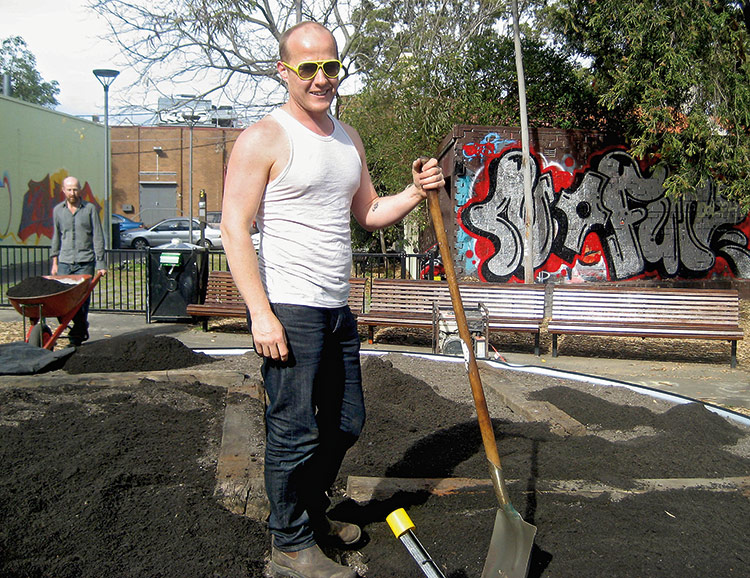
Check out other community gardens
Do some practical research. Contact your local council or use the internet to locate community gardens near you, then go to see them, talk to the organisers and see how they do things, what worked and what didn’t, and what obstacles they encountered along the way.
Find a site
There are so many places which could be transformed into vibrant gardens – just open your eyes and look around. Look for vacant land, then find out who owns it and contact the owner about access. Use your imagination – how about your nature strip, or that sunny corner at the end of the street?
You could also approach your local council to see if it has any land you could use. Councils often have unkempt areas or dull, municipal plantings around the ‘hood, and these days they are actively encouraging people to start community gardens. The City of Sydney Council has its own community garden policy (as do many other councils), and employs someone specifically to help co-ordinate community gardens.
If your local council doesn’t have something like this in place, they should at least be able to point you in the right direction. Hassle them!
You might be able to set up a vegie garden on some unused land at a local school, or there may be an existing vegie patch you could become involved with. A few years ago I helped Darlinghurst Public School set up their vegie garden, and I loved gardening and interacting with the kids.
My experience with school gardens is that parents are often time-poor, and if you can lend a hand in any way you will be most welcome (you might have to sign a clearance for working with children before you begin.) Stephanie Alexander’s Kitchen Garden Foundation (www.kitchengardenfoundation.org.au), a wonderful organisation set up to help teach kids how to grow and cook their own produce, has inspired many schools to set up kitchen gardens. Many are looking for volunteers, and if you are having trouble setting up your own community garden, this is one way to become involved.
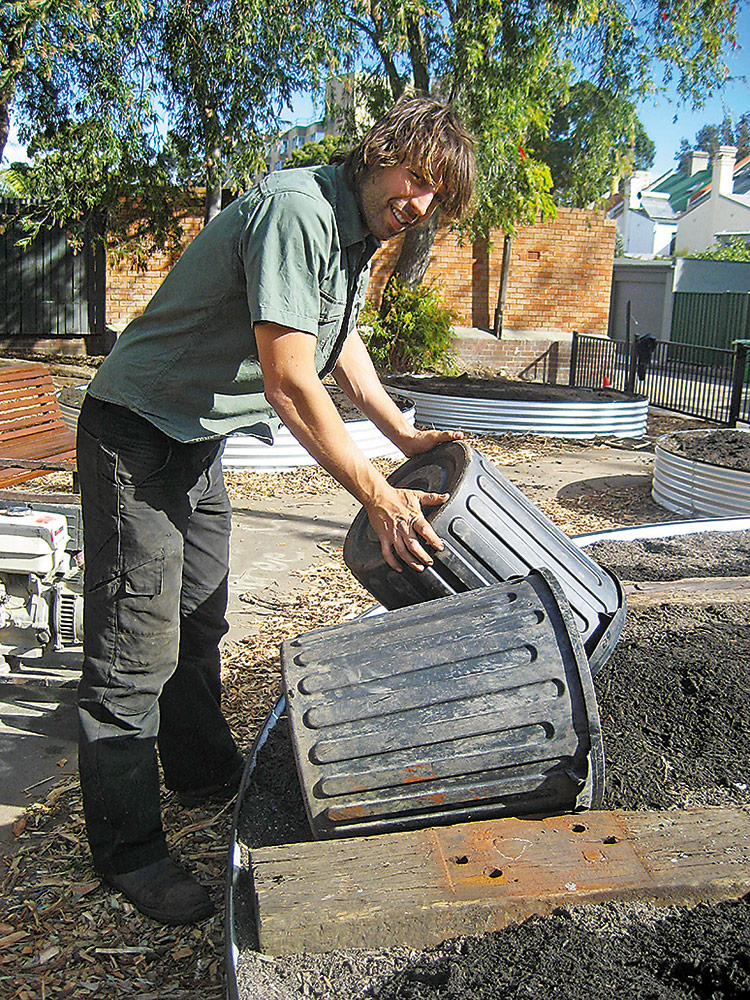
Site assessment
Once you have found a place for your garden, you will need to do a thorough site assessment, looking at things like soil condition, water availability, weather conditions, which are the sunny spots and which are more shady, which parts exposed and which are more sheltered. You also need to consider existing plants and structures, like paths, fences, seating, and decide if you want to keep them.
Designing the garden
You might need help from an expert to design a garden plan, working out what you will plant and where.
On page 154 you will see the garden plan that we had for our community garden. The layout you choose really depends on the space you have available. As I mentioned earlier, we used circular, raised garden beds to maximise space in our triangular-shaped area. Rectangular or square areas might work better for you.
Raised beds are preferable, as they allow everyone (young and old) easy access to the crops and also provide other benefits, such as improving drainage and soil quality. You can make beds quite easily and cheaply from old hardwood sleepers (don’t use treated pine, as it’s treated with chemicals and toxic for garden beds). Keep the design simple and ensure there is good access between the beds, wide enough for wheelchairs, prams, kids and dogs.
You will also need to think about how the garden is to be used. Will there be individual allotments for people and organisations, or will everyone share in the labour and the harvest? Or will it be a mixture of both? In our garden, different people are responsible for gardening and maintaining particular parts of the garden, but all members share equally in the bounty.
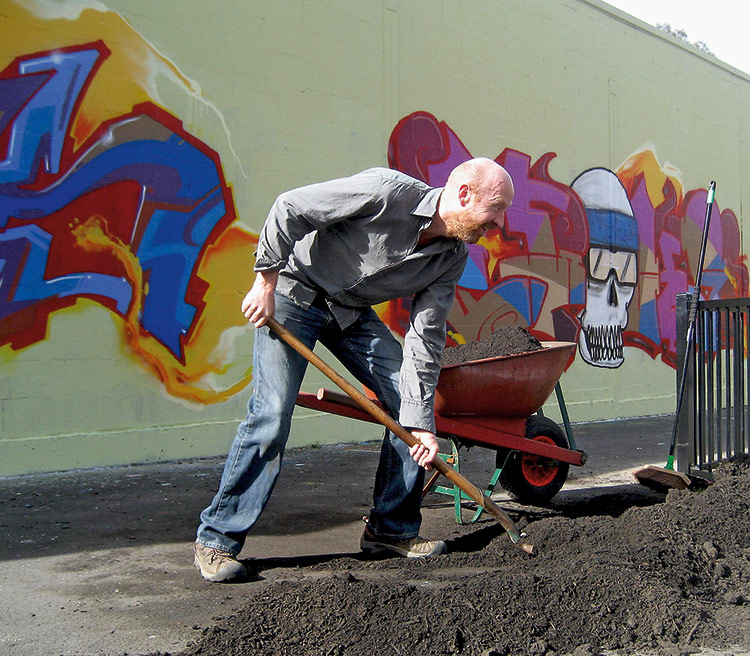
Here are just a few of the sites you might want to check out:
- The Australian City Farms and Community Gardens Network, an informal organ- isation that helps connect and advise people interested in community gardens. See here for some helpful factsheets, as well as a host of other useful information and links
- City of Sydney Council, which has a great publication called Getting Started in Community Gardening.
- Cultivating Community, an organisation based in Melbourne, which is best- known for its work supporting community gardens in inner-city public housing estates – see here.
- Community Centres SA, which has published a booklet on community gardens, entitled Growing Community: Starting and Nurturing Community Gardens.
Extract from the book Garden Life by Richard Unsworth, with photography by Nicholas Watt and Richard Unsworth, published by Lantern rrp $49.99.

